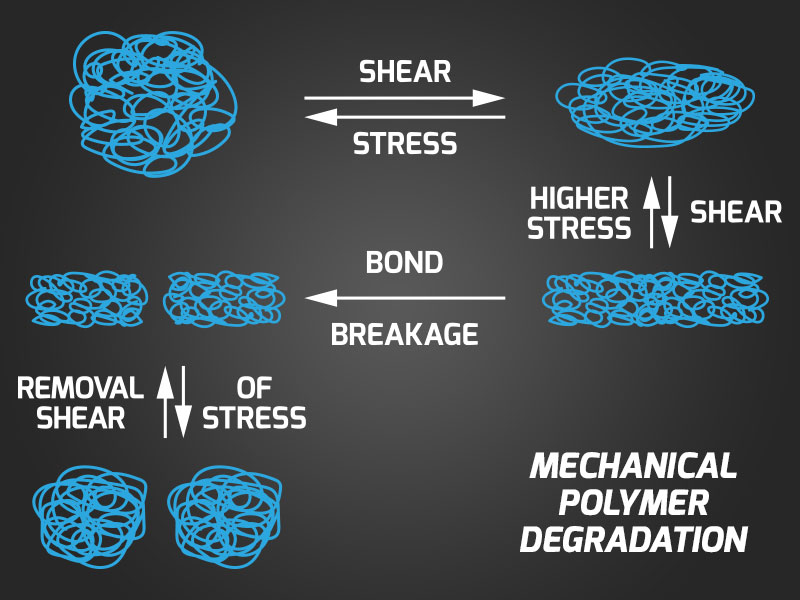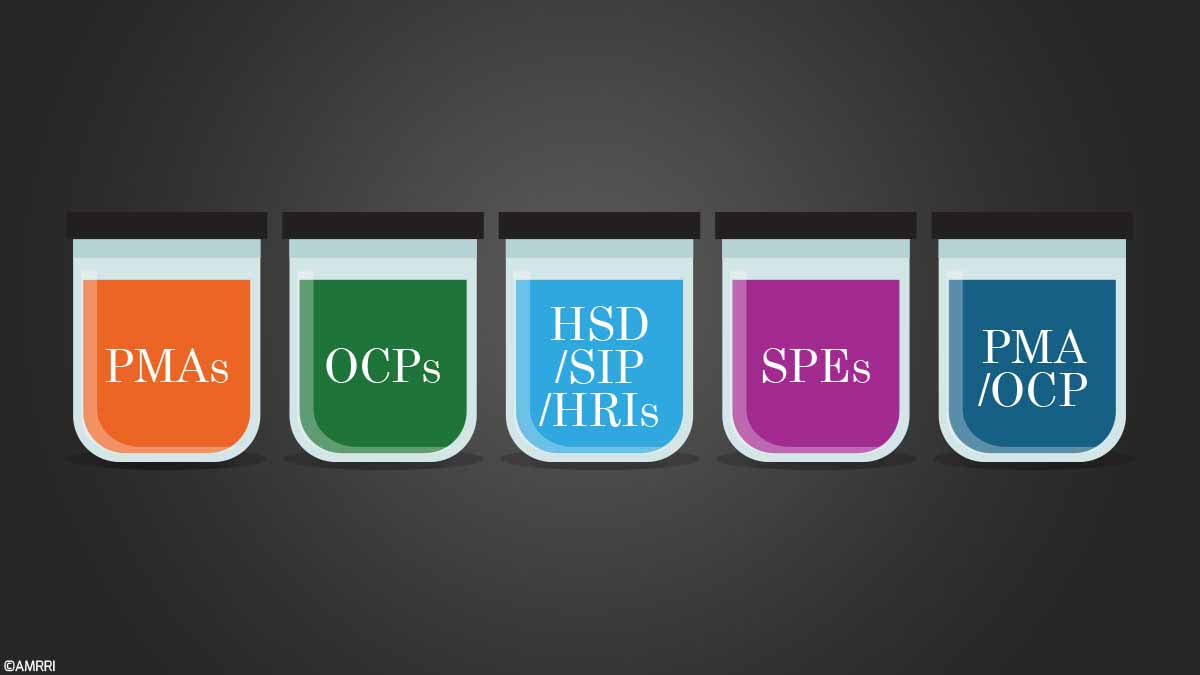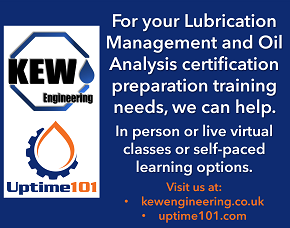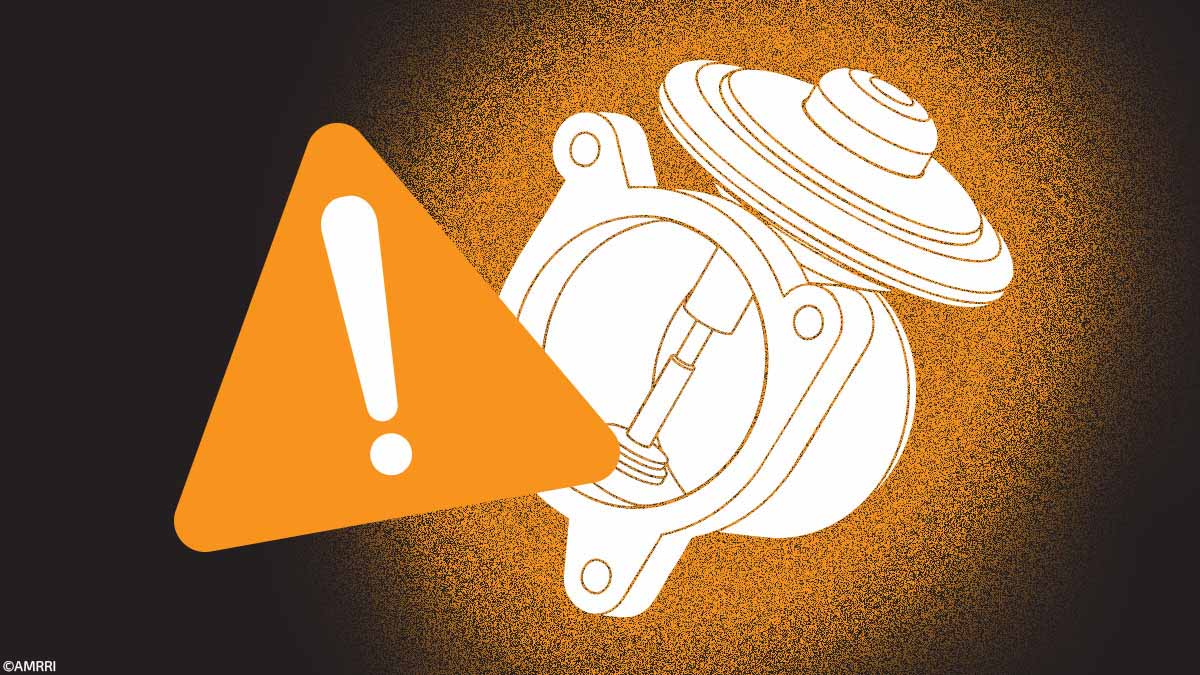What are Viscosity Index Improvers?
Viscosity Index Improvers (VIIs) are additives that help maintain the viscosity of lubricating oils across a wide temperature range, ensuring consistent performance.
This article will explore the nature of viscosity index improvers and their role in industrial and automotive lubricants. We will also look at their impact on lubricant efficiency, innovations involving this type of additive, and future trends.
Before discussing the nature of viscosity index improvers, we need to understand the role of viscosity. Essentially, this is one of the most critical functions of a lubricant, as it directly affects its flow rate and ability to keep the two interacting surfaces apart.
By nature, all base oils have an assigned viscosity based on their blend. However, other properties are required when we’re creating finished industrial or automotive lubricants. For instance, we may need the oil to withstand higher temperatures while still maintaining a particular viscosity, which not only provides wear protection for the equipment but also flows at a rate that does not incur frictional losses. Those are a lot of functions!
Typically, as temperature increases, viscosity decreases, and as the temperature decreases, the viscosity increases. One example is the state of water: when heated, it can turn into a gas (lower viscosity), or when frozen, it can transform into ice (higher viscosity). However, depending on the type of material, there will be varying rates of viscosity change with temperature. The viscosity/temperature relationship is called the viscosity index (VI).
As per Mortier, Fox, & Orszulik (2010), the kinematic viscosity of oil is measured at 40°C and then at 100°C. The viscosity change is then compared with an empirical reference scale initially based on two sets of crude oils: a Pennsylvania crude arbitrarily assigned a VI of 100 and a Texas Gulf crude assigned a VI of 0.
The higher the VI, the less effect that temperature has on the oil, which means that the oil can maintain a particular viscosity for a longer time at a more extensive temperature range. This is ideal for lubricants in environments experiencing temperature changes. However, not all oils have a high viscosity index. Typically, paraffinic oils can have a very high viscosity index. On the other hand, naphthenic oils have a low or medium viscosity index. The table below gives an overview of the viscosity index for various oils.

Table 1: Viscosity index of API Groups I-III
When trying to manage or alter the viscosity index of the oils above, the use of Viscosity Index Improvers (VII) can help by adding that property to an oil to allow it to have other beneficial properties. As per (Mortier, Fox, & Orszulik, 2010), viscosity index improvers consist of five main classes of polymers:
- Polymethylmethacrylates (PMAs).
- Olefin copolymers (OCPs).
- Hydrogenated poly (styrene-co-butadiene or isoprene) (HSD/SIP/HRIs).
- Esterified polystyrene-co-maleic anhydride (SPEs)
- A combination of PMA/OCP systems.
The Role of VIIs in Lubricants
Viscosity Index Improvers began their commercial debut around the 1950s to accommodate the new developments in automotive oils, which were then adapting multigrade viscosities. However, they were used even before (back in the 1930s) when workers in crude distillation realized that small amounts of rubber improved the VI of the oil but also increased sludge formation.
Today, VIIs are still primarily used as engine lubricants. They can also be found in automatic transmission fluids, multipurpose tractor transmission fluids, power steering fluids, shock absorber fluids, hydraulic fluids, manual transmission fluids, rear axle lubricants, industrial gear oils, turbine engine oils, and aircraft piston engine oils. (Mortier, Fox, & Orszulik, 2010)
Essentially, VIIs try to maintain the oil’s viscosity at varying temperatures. They try to ensure that the oil does not experience a loss of viscosity, which can occur due to high temperature or shear. VIIs can be considered polymers, which are tightly wound coils. When temperature or shear is applied to these coils, they unravel (lose their viscosity). Depending on the amount of shear, they may never recover their original shape (or viscosity).
As seen in Figure 1 below, Mortier, Fox, & Orszulik (2010) describe the change in the shape of the VIIs as a result of high temperature or shear. They can coil and uncoil depending on the shear stress, but if the bonds are broken, they will not reform their original coil and lose their intended viscosity.

Figure 1: Mechanical Polymer Degradation (excerpted from (Mortier, Fox, & Orszulik, 2010)
Interestingly enough, it must be noted that some VIIs provide lubricants with additional functions of Pour point depression and dispersancy. This is highly dependent on their composition.
Impacts on Efficiency, Wear, and Degradation
If we filled a swimming pool with honey during the winter when no heating was available, the honey would crystallize and become more viscous. Hence, if anyone tried to walk through the pool, moving would be difficult and require more energy. However, if heating was available to the pool, then the honey would be more fluid, and someone could walk a bit more freely (although still sticky at the end of the day!). As such, they would not have to exert as much energy.
The same applies to lubricants and their viscosities. If the lubricant is too viscous (thick honey in the winter), then more energy is required for the components while they are moving. For systems with varying temperatures, finding a lubricant that can maintain the desired viscosity for those changes is challenging.
However, with the invention of Viscosity index improvers, oils can now maintain a desired viscosity at variable temperatures. This significantly affects the energy the system requires and can reduce the energy needed, making some systems more efficient.
As such, the system’s overall efficiency is impacted, and less energy is required to overcome the internal frictional forces of the lubricant (as its viscosity remains within the required range). Passenger car engine oils saw this change with the integration of VIIs when multigrade oils were invented. They no longer needed one oil for summer and another oil for winter. This significantly saved many owners from draining and replacing their oils seasonally or finding their oil frozen in the winter!
Viscosity index improvers, therefore, enhance the overall efficiency of these systems by maintaining the lubricant’s viscosity throughout the changing temperatures. Subsequently, there is no need for additional heaters in the lube oil system, which would also require additional energy. This is another area where cost and energy savings can also be achieved.
Maintaining a particular viscosity at variable temperatures allows the lubricant to form a full film (also known as hydrodynamic or elastohydrodynamic lubrication) between the two surfaces, thus offering them protection from wear.
If the viscosity became reduced (due to an increase in temperature without the VII), then the lubricant would not form a full film or experience boundary or mixed lubrication. In this case, there is the potential for increased wear, which will negatively impact the components in the system. As such, using VIIs can also reduce the potential occurrence of wear or aid in reducing wear.
As per (Gresham & Totten, 2006), this does not mean that the Viscosity Index never changes. When the viscosity of a lubricant changes, its viscosity index will change accordingly. If the viscosity index decreases, this can likely be because of the breakage of the polymeric Viscosity Index Improver polymer molecules to produce smaller chains, which essentially reduce its originally intended effect. If there is a reduction in the molecular weight of the VII, then the lubricant will see a reduced viscosity at both 40 & 100°C. This also reduces the temperature related viscosity effect.
Viscosity Index Improvers significantly improve a system’s overall efficiency and can help reduce wear. However, these additives can degrade over time with high temperatures and shear stress.
Innovations in Viscosity Index Improvers
As per Mortier, Fox, & Orszulik (2010), the three most important commercial VII families represent critical commercial techniques for manufacturing high molecular weight polymers. These are polymethacrylates produced by free radical chemistry, olefin copolymers produced by Ziegler chemistry, and hydrogenated styrene-diene or copolymers produced by anionic polymerization. While they are critical, these formulations will not be discussed in detail in this article, but we will take a look at some of the innovations within this space.
PARATONE®a, a family of viscosity index improvers currently belonging to Chevron Oronite, boasts of having developed the first Olefin Copolymer VII (Mid Continental Chemical Company Inc, 2024). However, upon further investigation, it must be noted that Exxon Chemicals was the original developer behind this product. Back in 1998, Oronite Additives, a division of Chevron Chemical Co. LLC, acquired the assets of Exxon Chemical’s Paratone crankcase olefin copolymer (OCP) Viscosity Index Improver Business (Chevron Chemical Co. LLC, 1988).
This particular Viscosity Index Improver has seen developments since the 1970s and offers solid and liquid VIIs for companies to include in their formulations (Chevron Oronite, 2024). It also allows improved formulating flexibility for developers, which can significantly reduce the costs involved or specialized base stocks depending on the product to be made. This is just one company that specializes in producing VIIs for the wider global market.
There are many other companies that have innovated in the Viscosity Index Improver space, but most of this work is patented as it involves heavy-balanced formulations. Other companies have also innovated on the production side of the VIIs by engineering equipment that can help produce a higher-quality VII.
Future Trends
(Future Market Insights, 2024) estimates the Viscosity Index Improver market will be USD 4.06B in 2024 and will increase to USD 5.39B by 2034. Additionally, in 2024, vehicle lubricants account for around 51.6% of the VII market. This is not just limited to the multigrade oils but includes transmission fluids, greases, and other oils. On the other hand, with the move towards more sustainable oils, Ethylene propylene Copolymer (OCP) is projected at a 30.4% industry share in 2024. Given the move towards more sustainable products, this is expected to increase.
If we take a global view of the compound annual growth rate (CAGR) per country to 2034, we can find some interesting facts. The United States shows a CAGR of 1.6%, with a heavy allocation towards more vehicle engine oil use and the manufacturing sector for pharmaceuticals and chemicals. On the other hand, Spain is projected to see a CAGR of 2.2% with auto manufacturers and power generation equipment (hydraulic oils, turbine oils, and greases).
Venturing to China, they have a CAGR of 3.2% due to the increased number of vehicles and significant industrialization. Their involvement in complex machinery will also drive this growth. The United Kingdom is positioned to see a CAGR of 1.1% resulting from its rise in high-performance engines and heavy industrialization. On the other hand, India should experience a CAGR of 4.3% with its high demand for industrial production, commerce, and automobiles.

Figure 2: CAGR% per country to 2034
- With these positive CAGRs, it is conclusive that there will be a lot of growth within the VII industry. (Future Market Insights, 2024) also list some of the recent developments in the VII Market, which include:
- In July 2023, Chevron Phillips Chemical announced a capacity expansion of its VII productions to meet the increasing demand for VIIs in the automotive and industrial sectors.
- In April 2023, Lubrizol introduced a new line of viscosity index improvers (VIIs) for automotive lubricants, claiming to offer enhanced performance, including improved oxidation and thermal stability.
- In March 2023, ABB completed the Marunda 2.0 oil blending plant extension project, doubling production capacity within three years despite challenges during the pandemic.
- In October 2022, LCY Chemical Corp., a Taiwanese material science company, showcased its thermoplastic elastomer portfolio at K 2022. It highlighted its innovative approach to material science for a sustainable future, backed by a global distribution network.
- In August 2022, Evonik’s Oil Additives division in CIS countries partnered with ADCO to enhance the energy productivity and effectiveness of industrial lubricants for construction, agriculture, mining, and manufacturing equipment.
From this, the future of Viscosity Index Improvers can only be enhanced by several of the major key players expanding their operations and innovating their creations to adapt to ever-evolving standards/guidelines set by OEMs and governments. As new regulations emerge regarding improved efficiency, increased oxidation stability, and thermal stability for lubricants, VII developers will be challenged to innovate new solutions for the lubricants to conform.
References
Chevron Chemical Co. LLC. (1988, October 08). Oronite Additives Acquires Exxon’s Paratone Viscosity Improver. Retrieved from Pharmaceutical Online: https://www.pharmaceuticalonline.com/doc/oronite-additives-acquires-exxons-paratone-vi-0001
Chevron Oronite. (2024, June 29). PARATONE® viscosity modifiers. Retrieved from Oronite: https://www.oronite.com/products-technology/paratone-products.html
Future Market Insights. (2024, April 15). Viscosity Index Improver Market Forecast by Vehicle and Industrial Lubricant for 2024 to 2034. Retrieved from Future Market Insights: https://www.futuremarketinsights.com/reports/viscosity-index-improvers-market
Gresham, R. M., & Totten, G. E. (2006). Lubrication and Maintenance of Industrial Machinery – Best Practices and Reliability. Boca Raton: CRC Press.
Mid Continental Chemical Company Inc. (2024, June 29). Viscosity Modifiers / Viscosity Improvers. Retrieved from Mid-Continental Chemical Company: https://www.mcchemical.com/lubricant-additives/viscosity-index-improvers
Mortier, R. M., Fox, M. F., & Orszulik, S. T. (2010). Chemistry and Technology of Lubricants – Third Edition. Dordrecht: Springer.









